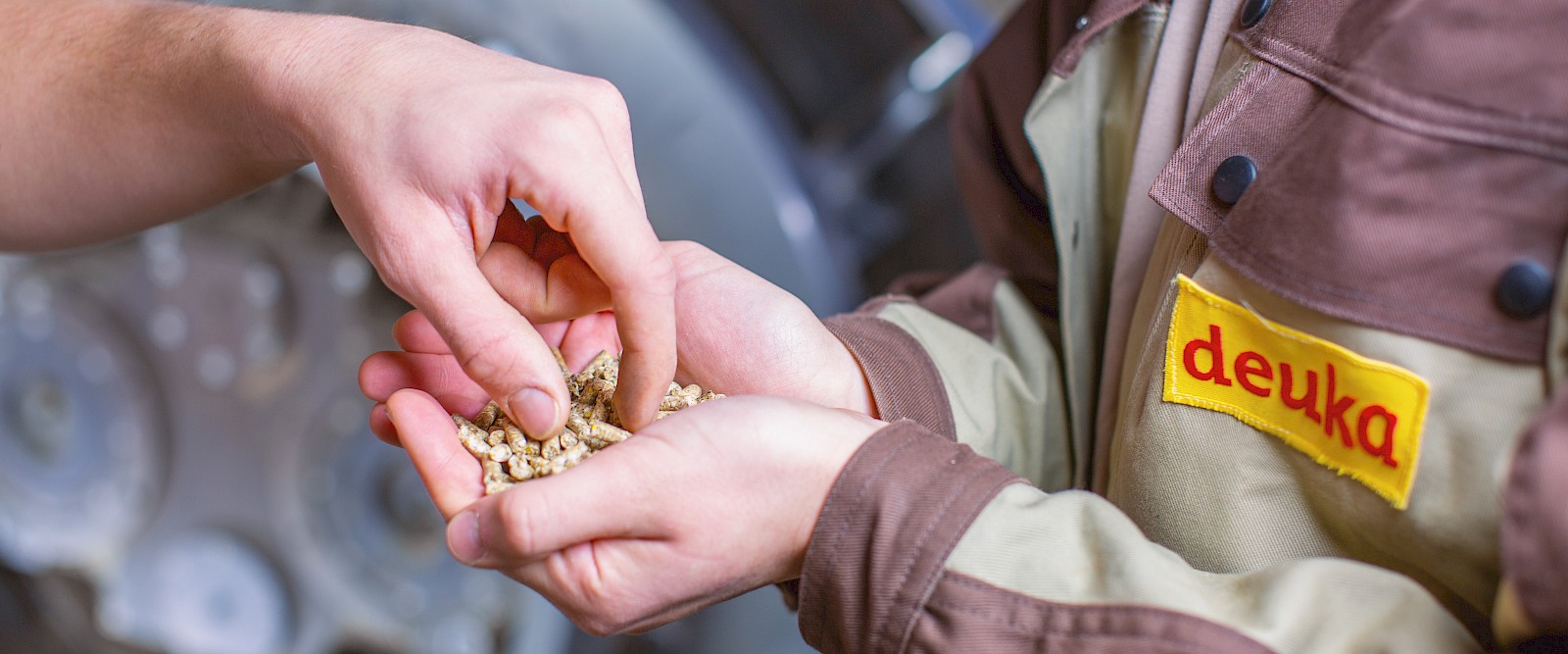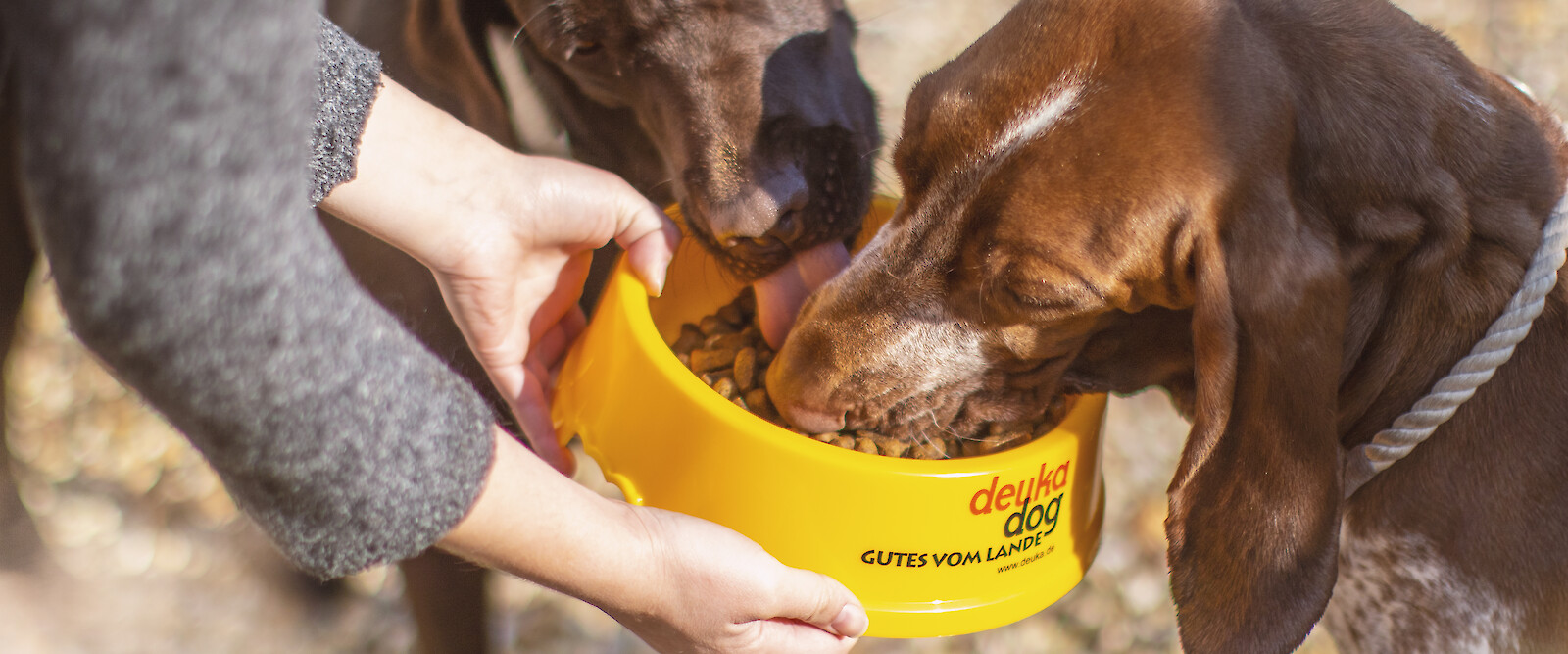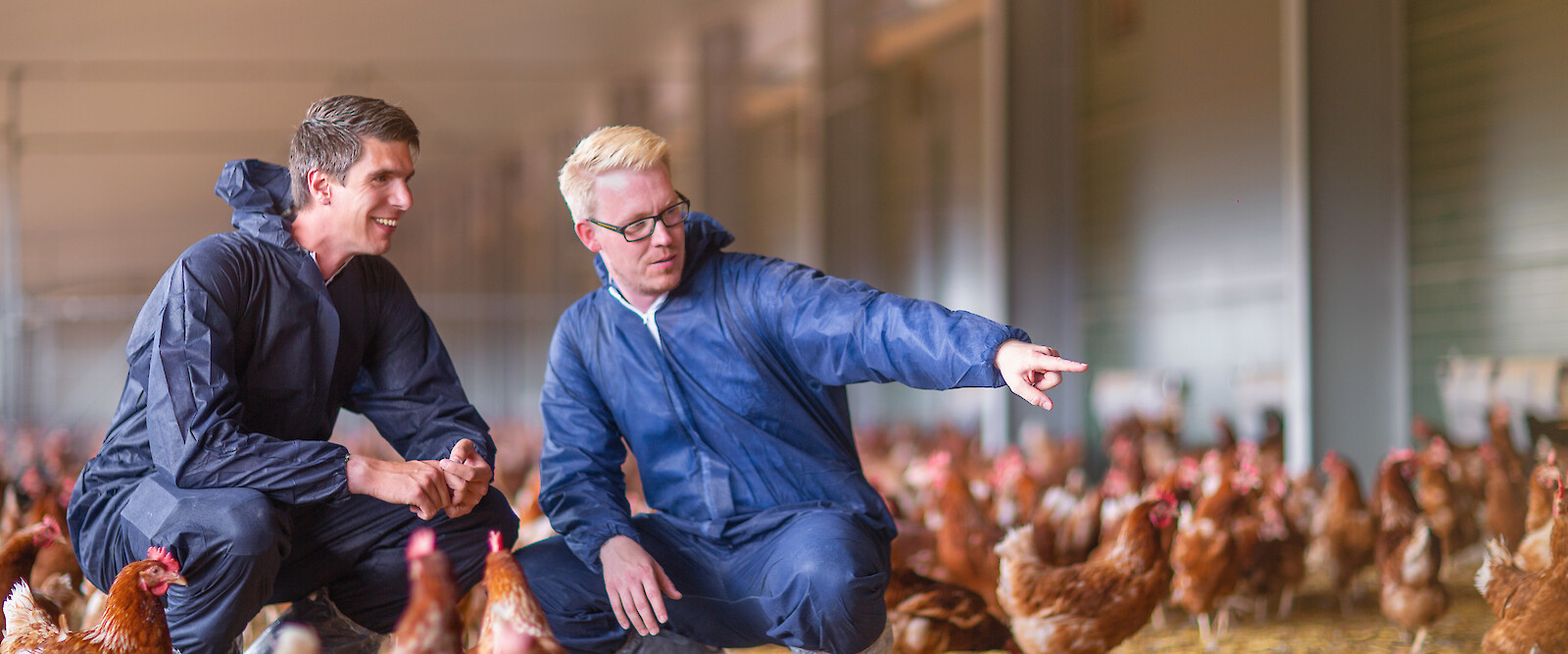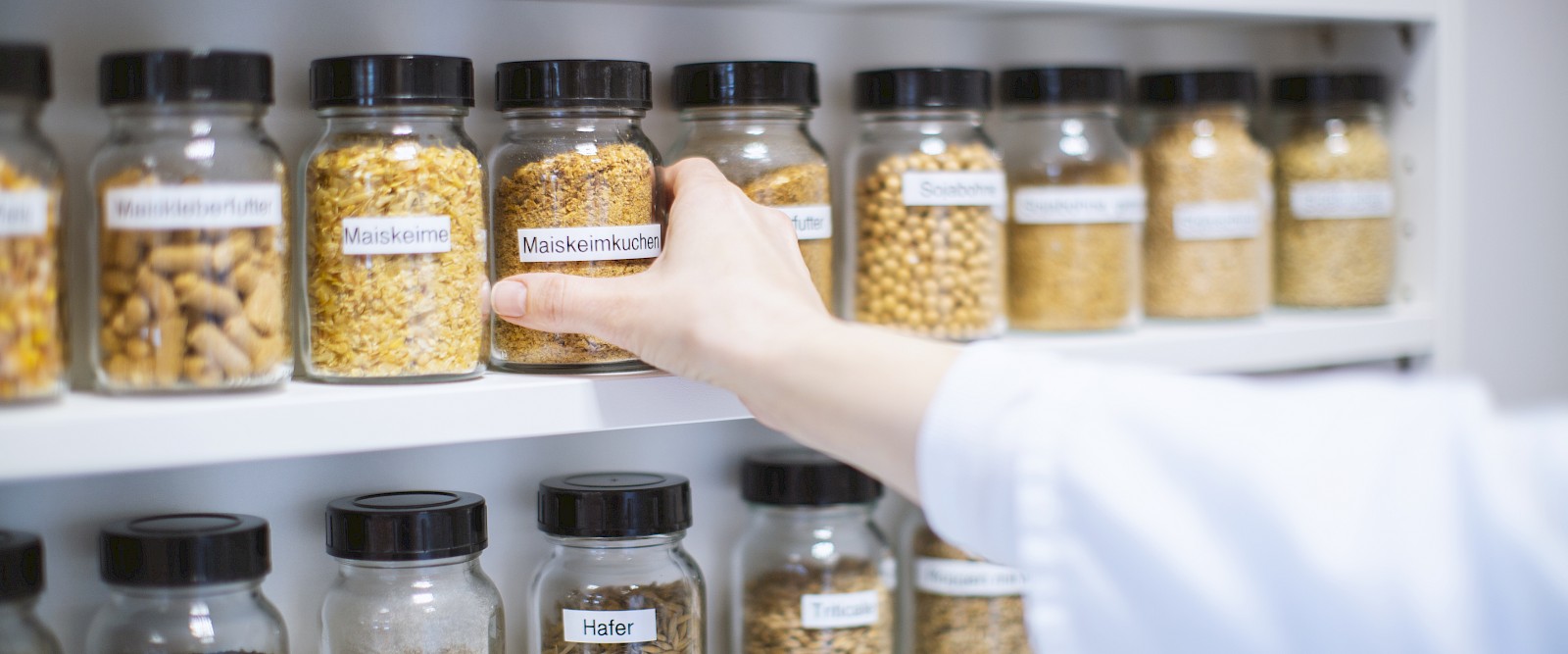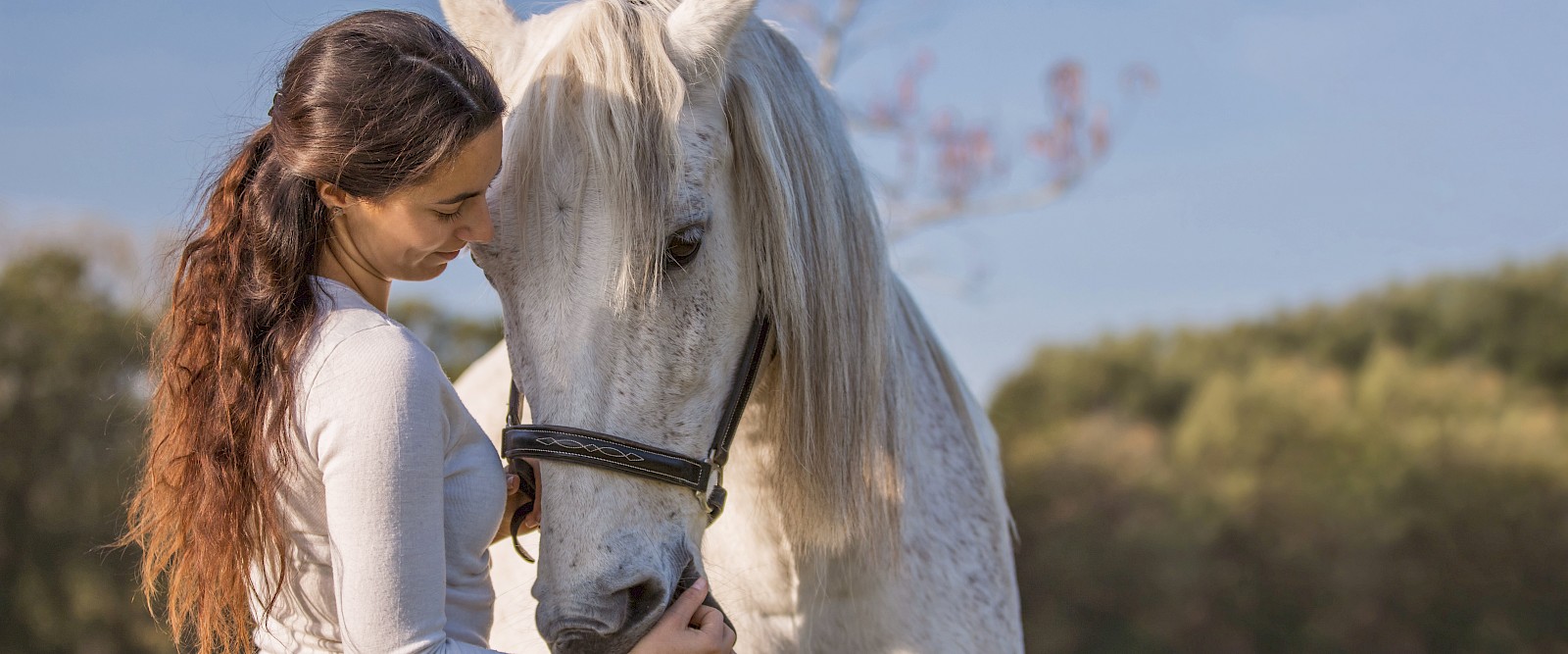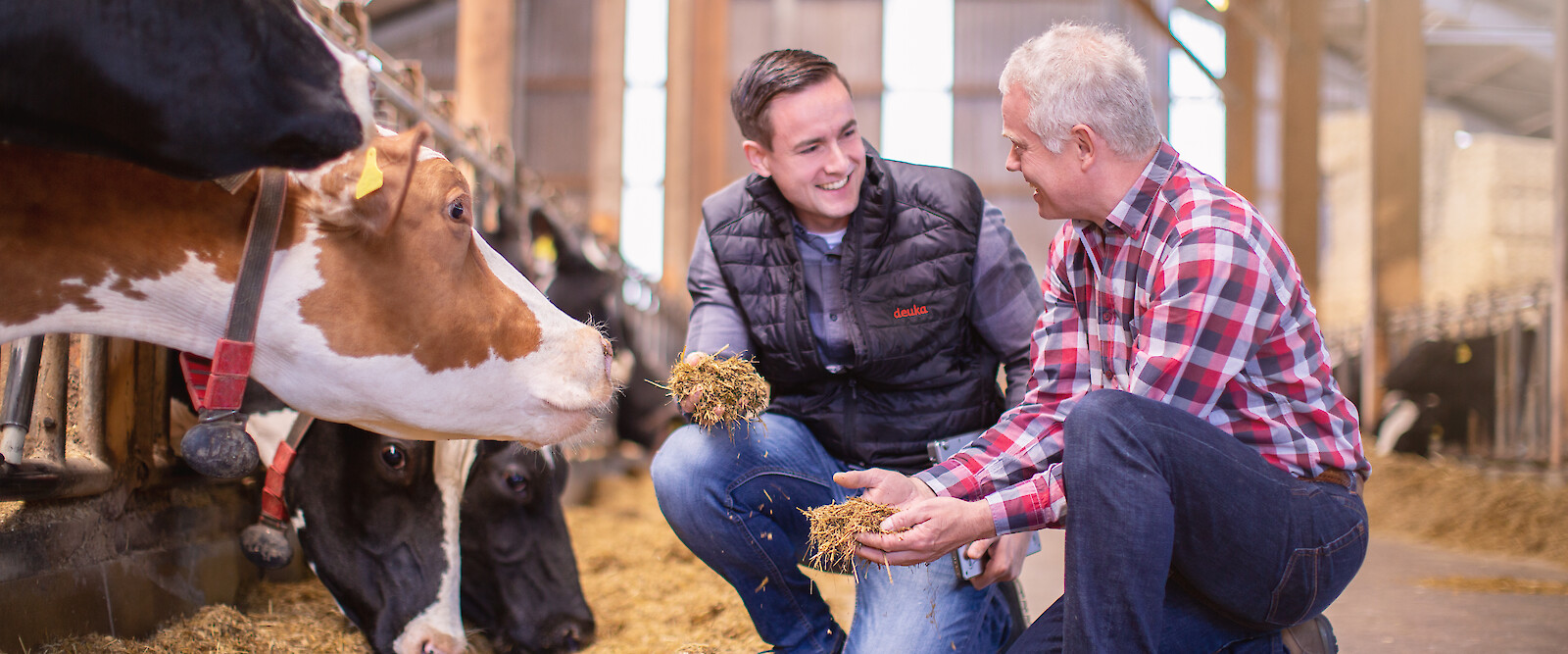Raw material and nutrient lexicon
Weitere Einträge
Oats
Oats are a species-rich genus of sweet grasses of the temperate zone. Of the wild species, the wild oat ( Avena fatua) is a troublesome weed. The cultivated plant is above all the common oat ( Avena sativa). It originated in Asia, from where it probably migrated to Central Europe and became widespread among the Germanic peoples, Celts and Slavs. The common oat has protruding panicles with equilaterally arranged, two-flowered spikelets and fruits (grains) surrounded by the glumes. The grain colour varies from one variety to another (white, yellow, brown or black). Naked oats(Avena nuda) are cultivated only occasionally. Oats are mainly used as fodder cereals, mainly for horses (both grains and straw). It is used as a bread crop in Scandinavia and Scotland; it is also used for the production of oatmeal, porridge and oat flakes. The extraction of these products for human consumption produces oat bran as a by-product, which is also used as animal feed, especially for horses but also in rabbit feed. The main areas of cultivation of the common oat are: North America, Central and Northern Europe, England and Russia. In terms of world production, oats are second only to wheat, rice, maize and barley, and ahead of rye. For animal feed, the starch and fat contentand the high crude fibre content(approx. 10 %) compared to the other cereals are decisive.
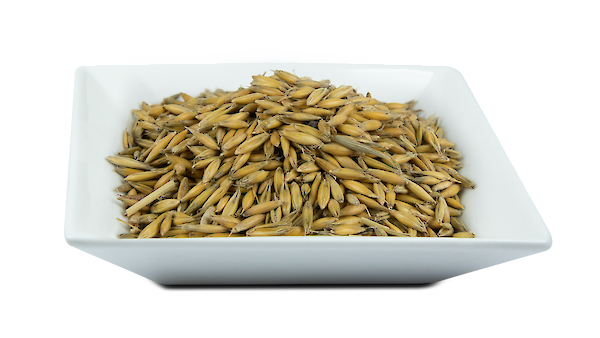
Oats |
|
Ingredients |
Content
|
|
Dry matter, g/kg |
870,00 |
|
Crude protein, g/kg |
106,00 |
|
Lysine, g/kg |
4,40 |
|
Methionine, g/kg |
2,20 |
|
Methionine |
4,90 |
|
Threonine, g/kg |
3,70 |
|
Tryptophan, g/kg |
1,10 |
|
UDP, % |
15,00 |
|
nXP, g/kg |
126,50 |
|
RNB, g/kg |
-3,30 |
|
Crude fibre, g/kg |
102,00 |
|
Crude fat, g/kg |
47,00 |
|
Sugar, g/kg |
14,00 |
|
Starch, g/kg |
398,00 |
|
Starch content |
10,00 |
|
resistant starch |
39,80 |
|
NDForg, g/kg |
278,40 |
|
ADForg, g/kg |
139,20 |
|
NFC, g/kg |
408,90 |
|
Structural value |
0,04 |
|
Crude ash, g/kg |
28,70 |
|
ME, MJ/kg |
11,20 |
|
ME, MJ/kg |
10,17 |
|
ME, MJ/kg |
10,10 |
|
NEL, MJ/kg |
6,10 |
|
Calcium, g/kg |
1,10 |
|
Phosphorus, g/kg |
3,20 |
|
digestible |
0,80 |
|
Sodium, g/kg |
0,16 |
Sources: DLG feed value tables for pigs; DLG feed value tables for ruminants; Rechenmeister 2000 (Chamber of Agriculture Westphalia-Lippe); CVB Veevoedertabel; DLG Information 2/2001 "Structural and carbohydrate supply of the dairy cow"
